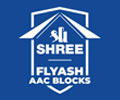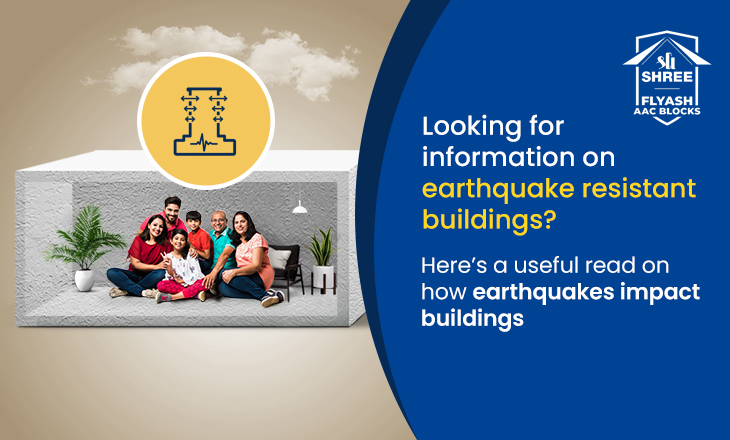Earthquakes can be incredibly destructive to buildings, depending on several factors such as the intensity of the earthquake, the quality of materials used in construction, and the type of ground on which the building stands. Here, we share some of the useful insights about the impact of earthquakes on buildings
- Ground shaking:
During earthquakes, the grounds can shake quite violently. Although most buildings are constructed to handle vertical loads effectively, they may not be able to handle the horizontal forces generated during earthquakes.
2. Landslides:
In hilly areas and mountains, landslides often follow earthquakes and can damage buildings further. The loose topsoil can bury buildings and cause damage to foundations. Like earthquakes, landslides that follow also exert immense horizontal load on buildings.
3. Tsunamis:
Tsunamis, which are triggered by earthquakes in coastal regions, can flood buildings with massive amounts of seawater. The rushing water can cause extensive damage or completely destroy buildings.
4. Aftershocks:
Aftershocks, which are tremors that often follow earthquakes, can further weaken buildings that have already been damaged by the main event.
Older buildings are particularly vulnerable to earthquakes since they often lack the updated seismic protections found in newer constructions. Due to their age, they may already be weakened and more susceptible to damage during an earthquake.
Apart from damaging buildings, earthquakes can also wreak havoc on surrounding infrastructure. For instance, electricity lines might get uprooted, causing power disruptions. Underground water lines can be damaged, leaving building occupants without access to water.
Builders are using innovative products such as Flyash AAC blocks, and innovative design features in constructing earthquake resistant buildings. Flyash AAC blocks are earthquake resistant because they are light in weight and as the impact of an earthquake is directly proportional to a building’s weight, these blocks make buildings relatively safer compared to buildings constructed with Red bricks only.
Looking for high-quality Flyash AAC blocks?
Explore our Flyash AAC blocks . During earthquakes, Flyash AAC blocks maintain their structural integrity thanks to their load-bearing ability. They are also fire-resistant, making them a safer option for building occupants in the event of accidental fire breakouts. Also, Flyash AAC blocks have better resistance to pests and moisture, which ensures a longer-lasting structure. Flyash AAC block usage helps with water conservation efforts since no curing is necessary during construction.

